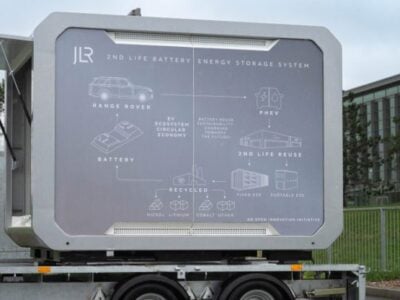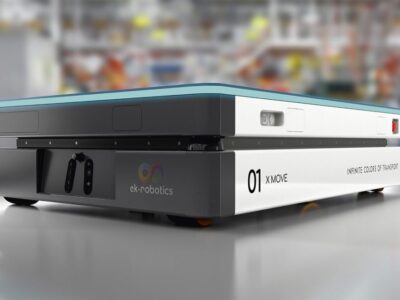
Liquid cooling solution cuts data center energy use up to 30%
The Ku:l Data Center liquid cooling solution, says the company, promises a faster path to net zero operations by reducing edge and data center energy use by nearly a third. Liquid cooling is increasingly being considered for reliable and efficient operations of any IT load in any location, as distributed edge computing environments proliferate to meet the demand for data processing nearer the point of use, as well as growing facility power and cooling consumption driven by AI augmentation and hotter chips.
Working together with Intel and HPE, the company benchmarked the power consumption of a sample IT installation being cooled respectively using air and precision immersion liquid cooling. The results, says the company, show a substantial advantage in favor of liquid cooling, reducing overall power use across IT and cooling infrastructure.
Ku:l Data Center was compared to a traditional air-cooled system using a 19.6kW load comprising 16x HPE ProLiant DL380 Gen10 servers under stress test conditions. Laboratory tests, using industry-standard high-power computing benchmarks across a range of ambient temperatures, demonstrated that the Iceotope Precision Immersion Cooled system enabled a 4% increase in performance with zero throttling in higher ambient temperatures at server level and consumed 1kW less energy at rack level than its air-cooled counterpart.
This represents a 5% energy saving in the IT alone and a 30% saving at scale based on a typical cooling power usage effectiveness (pPUE) of 1.4 in air and 1.04 in liquid cooled data centers. With rising demand for cloud storage solutions, says the company, savings of the caliber offered by the Ku:l Data Center solution are becoming more critical to tempering rack densities.
According to Uptime Research, the average server rack density increased 15% from 7.3kW to 8.4kW between 2019 and 2020, and anticipated microprocessor introductions are likely to accelerate this trend.
“The processing requirements for ubiquitous AI and high-performance applications across the board are already creating a sustainability dilemma for operators,” says Iceotope Director of Product Strategy, Jason Matteson. “Accommodating a precipitous increase in chip power at the same time as lowering carbon emissions in distributed edge locations as well as data centers is problematic. Iceotope’s Ku:l Data Center demonstrates a very practical response to an urgent need for a paradigm shift in data center design.”
 If you enjoyed this article, you will like the following ones: don't miss them by subscribing to :
eeNews on Google News
If you enjoyed this article, you will like the following ones: don't miss them by subscribing to :
eeNews on Google News




